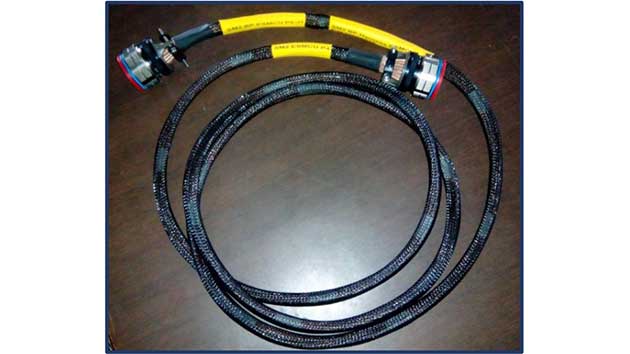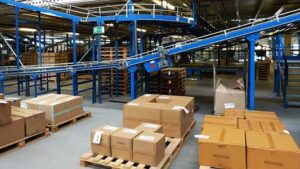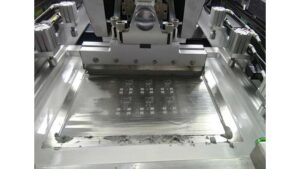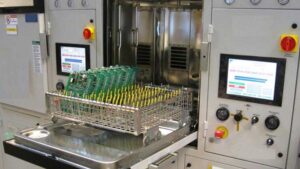Wire Harness Manufacturing
Wire harness is bundles of electrical wires that individually have their own covering but are also joined together by an outer covering. Although there are subtle variations between them, the terms wire harness and cable harness are sometimes used interchangeably. This blog will cover all you need to know about wire harness, such as what they are, how they are used and their manufacturing process.
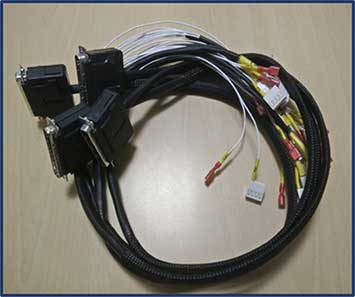
They are bundles of processed wires with a protective coating to shield them from wear and tear caused by external conditions and other potentially destructive elements. It may have a protective sheath wrapped around the wires, which is commonly constructed of thermoset or thermoplastic material and provides further protection against damage to the individual wires. These harness is crucial because they organise wires so that they may be easily integrated into equipment and systems.
Cable assemblies are frequently confused with wire harness. Wire harness often protect and organise a group of cables and wires, whereas cable assemblies firmly tie several covered wires with a covering to provide robust protection suitable for more demanding conditions. Despite their different names, cables and wires can both be found in wire harness and cable assemblies.
Wire harness provide a number of advantages, including:
- Optimizing space by grouping wires together
- Facilitating customization for specific application needs
- Providing cables and wires with a extended service life
- Improving the safety of equipment
- Sizes and lengths are available in a broad range
These are only a few of the many applications for wire harness, which are used in a wide range of industries including appliances, construction, heavy and industrial equipment, electronics, military and defence, medical equipment, and many more
Wire Harness Manufacturing Step by Step Process:
Step 1: Design
The wire harness, whether hidden behind a glove box in a car or under the rear panel of a washing machine, supplies power and conveys information in a streamlined, standardised manner. Engineers in electronic product research and development must meet and solve electrical challenges on a daily basis in order to successfully bring a product to market.
A specific design for each product’s integral part, as well as a step-by-step wire harness manufacturing technique to finish the assembly, are both essential parts of this task. Engineers must also choose harness components and decide on additional use parameters at this point.
Step 2: Prototyping
Wire harness prototype allows an engineer or product designer to get their hands on a real-life version of their final product if necessary. They can then put the harness through its paces in its intended application before starting the first production run, ensuring peak performance.
Step 3: Production & Assembly
Design parameters must be met, and high quality standards with low error rates must be maintained in wire harness manufacture. Surprisingly, even in this day and age, when automated production is expanding rapidly in practically every industry, wire harness manufacturing methods still rely heavily on manual assembly.
Though some automation can be used, hand production of wire harness and cable assemblies is required due to the many delicate and time-consuming procedures involved in finishing the process. Even while creating a wire harness can be time-consuming and labor-intensive, manual production is still more cost-effective.
Another reason why manual production is still the major technique of manufacture for wire harness and cable assemblies is that each must be designed for each application. Wire harness is highly specialised components that are developed for specific larger pieces. They are required to resolve geometric and electrical challenges in product manufacturing as well as to provide answers to specific problems inherent in the overall process.
Wire harness is geometrically constructed to fit a specific space within a much larger or alongside a larger network of electrical components and wires. Wire harness must also ground and protect cables from internal and external electrical difficulties such as crossed wires, chemicals, or moisture.
Wire Cutting
Broadly speaking, the initial step in building a wire harness is make sure the wires are cut to the right length, which is done by a wire-cutting machine.
Stripping & Connections
The next step requires that the wire ends must be stripped for the cores to be exposed. This is done to attach terminals or connector housings or modules next.
Assembly
Lastly, the wires are gathered into a harness utilizing a workbench or assembly board to meet the design specifications.
Hand manufacturing of wire harness production is necessary to route wires through sleeves and to apply fabric tape where needed, such as on branch outs from wire strands. Terminals need to be crimped onto wires, and where more than one wire needs to be attached to one terminal, multiple crimping will be necessary. Also, the insertion of one sleeve into another is done manually, and so is fastening any strands with tape, clamps or cable ties.
Hand production does not exclude the use of automation and machinery in wire harness manufacturing. Cutting machines are used to uniformly cut wires to specified lengths, machines are used to crimp terminals or to partially plug wires with fitted terminals into connector modules. Solder machines are necessary for sealing wire ends as are tools to twist the wire.
Step 4: Testing
Once production is complete, each individual wire harness must undergo electrical safety testing for any specifications it may be subject to in real-world operation. This step is crucial in ensuring the final product performs 100% reliably.
Wire harness manufacturing is a process. Design and assembly from the drawing board to finished wire harness requires step by step planning and a good amount of manual production. Each wire harness has a specific purpose to integrate into a larger electronic network, which, in the modern world, truly does make wire harness indispensable.
EMSxchange Enables you to select a Cable assembly suppliers meeting your Required Wire harness Manufacturing Capability, capacity and Certification Criteria from a global Cable and Wire harness Assembly manufacturer base. EMSXchange takes complete responsibility and ownership for your electronic manufacturing process and all its deliverables from contract manufacturing supplier selection to manufacturing to quality inspection to shipment and delivery to your door. EMSxchange Electronic Manufacturing Partners Profile includes:
Argus Sytems (AESPL) – PCBA, Cable Assembly, Box Build.
Cerra Systems inc – PCB Manufacturing.

